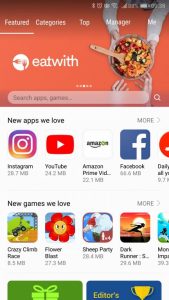Mark Zuckerberg (pictured) denied Facebook had established a monopoly position and dismissed theories it uses smartphone microphones to spy on users, as he faced questions from US senators in the wake of a recent data scandal.
Zuckerberg was speaking in a US Senate hearing regarding Facebook’s dealings with Cambridge Analytica, after the data mining company was accused of accessing hordes of user information for political gain (an accusation the company strenuously denies).
The scandal rocked the social media giant, as it faced online campaigns for users to delete Facebook and saw its share price plummet.
During the testimony, Zuckerberg was quizzed on a range of topics including whether Facebook now had a monopoly status, and questions on the company’s competitors.
Zuckerberg said “it certainly doesn’t feel like that to me”, when asked by Senator Lindsey Graham if Facebook had a monopoly.
He, however, appeared to struggle to name a single direct rival, instead stating there were three “categories” of companies which Facebook competes with: “Google, Apple, Amazon, Microsoft, we overlap with them in different ways.”
Graham also asked Zuckerberg to name a service which users could turn to, should they want an alternative to Facebook, to which he replied: “The average American uses eight different apps to communicate with their friends and stay in touch with people ranging from text to email.”
Spying
During the hearing, Zuckerberg also dismissed a long-running theory Facebook and its associated apps like Instagram secretly record user conversations through smartphone microphones and use the information to provide better targeted adverts.
Facebook officially denied the claims in 2016, but the issue was again raised by US Senator Gary Peters.
Zuckerberg responded by clarifying that while Facebook does have access to audio when users record videos to post on Facebook from their devices, it does not have access to microphones in any other instance.
Source: Mobile World Live







